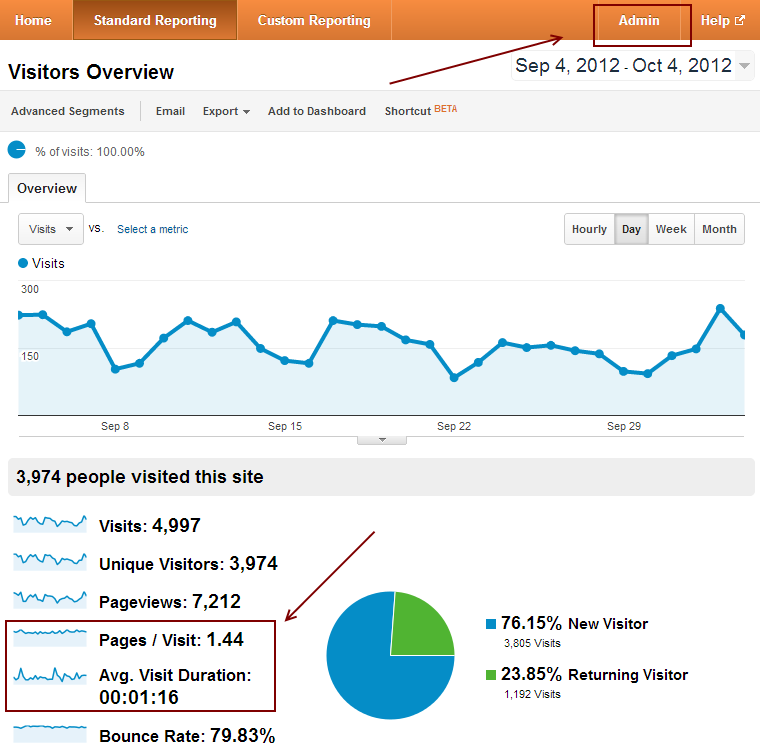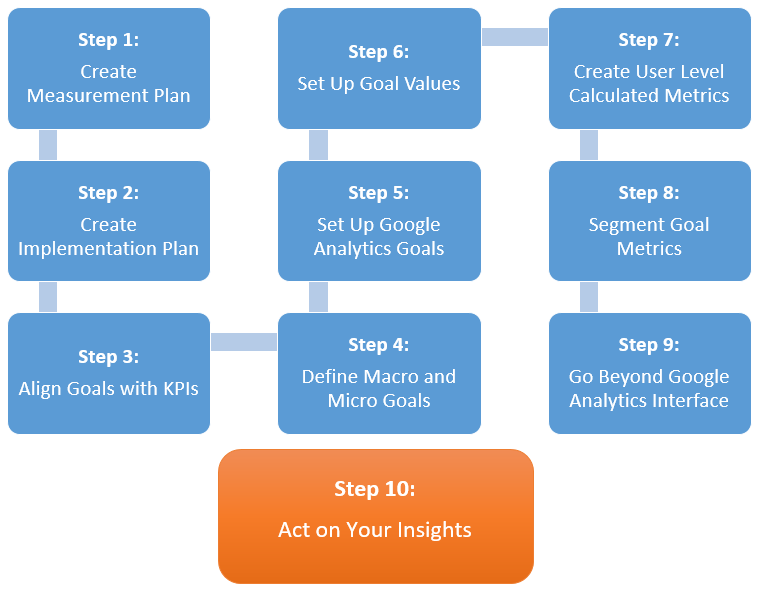What Data Is Google Analytics Goals Unable to Track: Essential Details
What Data Is Google Analytics Goals Unable to Track: Essential Details
Blog Article
Introducing the Blind Spots: Understanding What Google Analytics Goals Can not Measure
In the world of electronic analytics, Google Analytics stands as an effective device for monitoring and assessing on-line individual interactions. Recognizing what Google Analytics goals can not measure is crucial for obtaining a detailed view of customer behavior and involvement.
Individual Behavior on External Operatings Systems
Understanding just how users connect on external systems is important for maximizing on the internet strategies. Outside platforms, such as social media networks, reference sites, and on-line forums, play a substantial role in driving website traffic to a company's web site. By analyzing individual actions on these platforms, organizations can acquire useful understandings into the performance of their marketing initiatives and the choices of their target audience.
One trick aspect of individual actions on external platforms is the recommendation resource. By tracking where the users are coming from, services can recognize which platforms are driving the most traffic to their web site. This details can aid business designate their sources better, concentrating on the systems that generate the very best results.

Offline Interactions and conversions
Analyzing individual behavior on outside platforms gives useful insights right into online approaches; nevertheless, considering offline conversions and communications is similarly essential for a thorough understanding of a business's total performance. Offline conversions, such as in-store acquisitions or phone queries, play a significant function in many organizations' success.

Attribution Beyond Last Click
When diving into the world of electronic marketing analytics, it comes to be necessary to look beyond the solitary touchpoint of the last click for a more detailed understanding of acknowledgment. While Google Analytics provides important insights right into customer actions, counting solely on last-click attribution can be limiting - what data is google analytics goals unable to track. Attribution designs that go past the last click use an extra nuanced sight of the consumer trip, thinking about all the touchpoints that lead to a conversion
Acknowledgment beyond the last click enables marketing professionals to appoint credit report to different interactions along the conversion path, giving a clearer image of the effectiveness of different marketing networks. By discovering multi-touch acknowledgment designs such as linear, time degeneration, or position-based attribution, businesses can much better designate their advertising budgets and maximize their methods for maximum impact.
Recognizing the influence of each touchpoint in the conversion process is vital for making notified decisions and maximizing ROI. By welcoming attribution past the last click, services can gain much deeper insights right into customer actions and tailor their advertising and marketing efforts better.
Cross-Device and Cross-Browser Tracking

Similarly, cross-browser tracking matches cross-device monitoring by capturing user habits as they change in between various internet internet browsers. Understanding how individuals engage with internet sites on various browsers can help marketing you can look here professionals maximize their on-line experiences to make certain uniformity and capability throughout various systems.
Qualitative Information and Customer Intent
Recognizing customer intent via qualitative information evaluation is essential for establishing targeted digital advertising techniques that resonate with the needs and choices of the target market. Qualitative data offers insights into the 'why' behind customer activities, dropping light on motivations, emotions, and preferences that measurable information alone can not catch. By assessing individual responses, remarks, and communications, marketing experts can reveal useful info about user intent, allowing them to customize their messaging, material, and offerings to better line up with what their audience is looking for.
Qualitative information likewise assists in understanding the context in which users engage with a site or application. This contextual understanding allows online marketers to create even more pertinent and individualized experiences, eventually driving higher involvement read what he said and conversion prices. By delving into individual intent via qualitative information analysis, organizations can get a much deeper understanding of their target market, causing a lot more efficient advertising and marketing methods that meet users' demands and expectations.
Conclusion
To conclude, Google Analytics goals have restrictions in gauging customer habits on exterior systems, offline conversions, acknowledgment beyond last click, cross-browser and cross-device tracking, and qualitative information connected to individual intent. what data is google analytics goals unable to track. It is important for services to be familiar with these dead spots in order to supplement their information analysis with other devices and approaches to acquire an extra comprehensive understanding of their audience and enhance their total digital advertising and marketing strategies
By examining customer behavior site link on these platforms, services can obtain valuable insights into the efficiency of their advertising and marketing efforts and the preferences of their target audience.
Examining customer behavior on external platforms supplies beneficial understandings into online methods; nonetheless, taking into consideration offline conversions and communications is equally imperative for a thorough understanding of a company's general efficiency.In digital advertising analytics, relocating past last-click acknowledgment to discover cross-device and cross-browser monitoring is necessary for acquiring an alternative understanding of individual interactions across various systems and tools. By assessing customer responses, remarks, and interactions, marketers can reveal beneficial details regarding individual intent, enabling them to tailor their messaging, content, and offerings to much better line up with what their target market is seeking.
By delving right into customer intent with qualitative data analysis, businesses can acquire a deeper understanding of their target audience, leading to more reliable advertising and marketing approaches that satisfy customers' demands and expectations.
Report this page